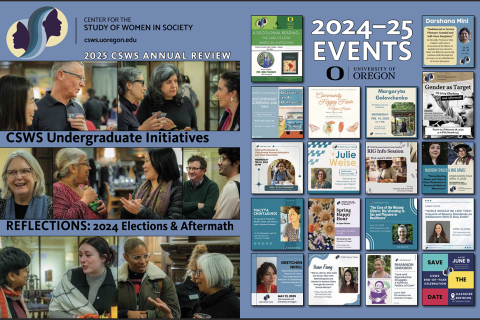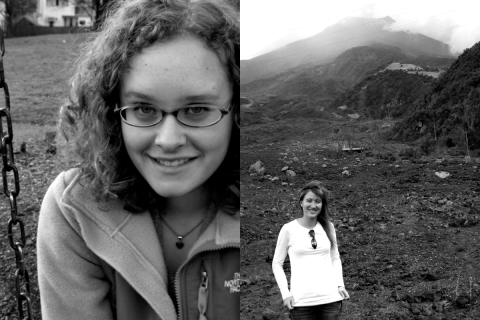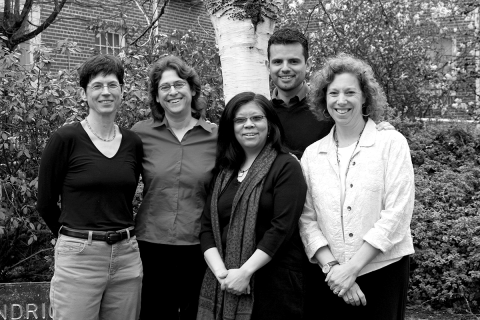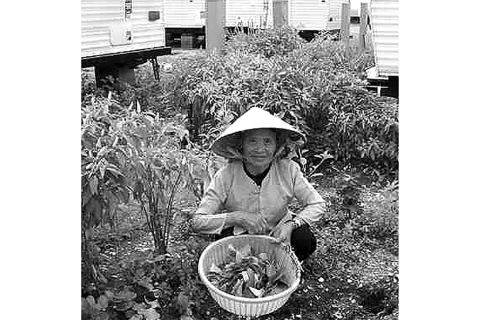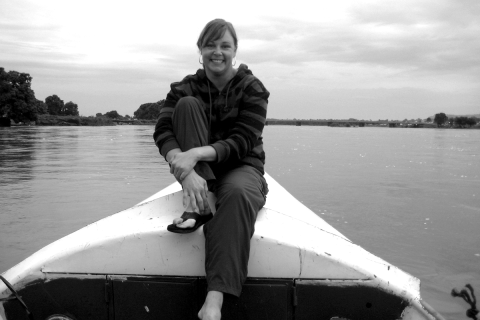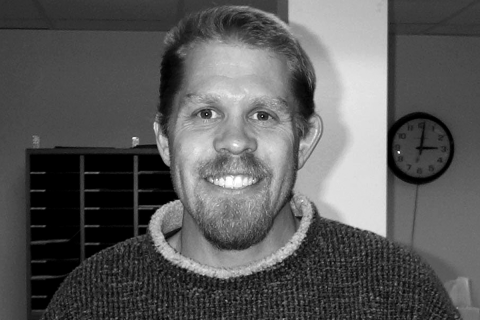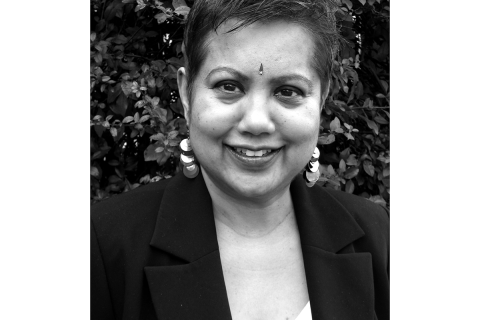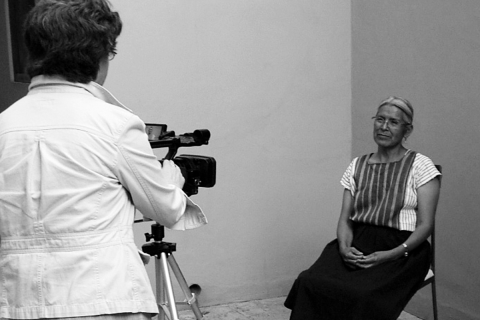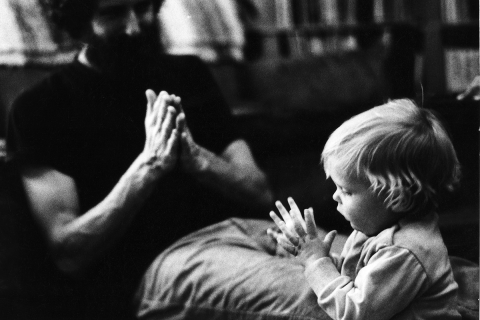2025 Annual Review now available
Thanks to your continued support, CSWS is uniquely privileged in offering space, time, and resources that enable faculty and students to attend to the unfinished projects of feminism. Enjoy the articles and interviews featured in this issue that provide a window into the field-changing work undertaken by our associates as they shape just and egalitarian feminist futures.


